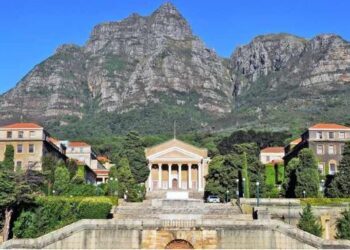The Sidoarjo mudflow is the result of an erupting mud volcano in the subdistrict of Porong, Sidoarjo in East Java, Indonesia that has been in eruption since May 2006.
After the biggest mud volcano in the world first appeared in 2006, it swept away everything that stood in its path, including homes, factories, culture of the people.
This was a real tragedy for the region’s economy, but it could turn out to be a good thing in the long run.
Now, there are signs on the path for tourists who wish to come and see the geological attraction and there are lots of tour guides that will take tourists up there for the view either on foot or by motorbike.
They are trying to get away from these painful memories which are still felt by the Indonesians about what happened 12 years ago.
In fact, even after twelve years, the Sidoarjo mud flow is still spitting out mud onto the countryside that surrounds it.
In total, 7 square kilometers of land have disappeared and been buried by the mud.
Sweeping away or burying everything that it comes across, the volcano has destroyed the homes and businesses of more than 40,000 Indonesians.
The volcano, which is still spurting out between 30,000 and 100,000 cube meters of mud every day, has been a huge disaster for locals and the cost of repairing all the damages done would amount to somewhere between 2.7 and 3.8 billion dollars.
However, the archipelago leaders believe that they may have found a backup solution.
In 2010, the old Indonesian president, Susilo Bambang Yudhoyono, optimistically brought up the idea of turning the volcano into a tourist attraction which would create jobs for those who had lost theirs, and kickstart the economy. 10 years later, his dream was made reality.
You can now go on hikes through the regions that were destroyed by the disaster. The first part of the trail is a memorial to the victims, where human statues, created in 2014 by the Indonesian artist, Dada Christanto, stick out of the mud.
The more buried these statues become as the mud levels rise, the more the work of art symbolizes the obvious suffering of these people.
As they continue, the tourists are able to see houses half-buried by mud, and finally the hole in the volcano that it gushes out from, surrounded by a thick cloud of smoke. It is a sight full of wonder.


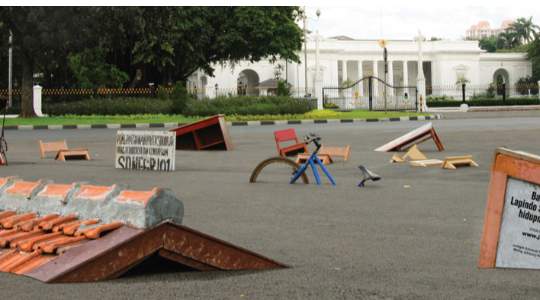

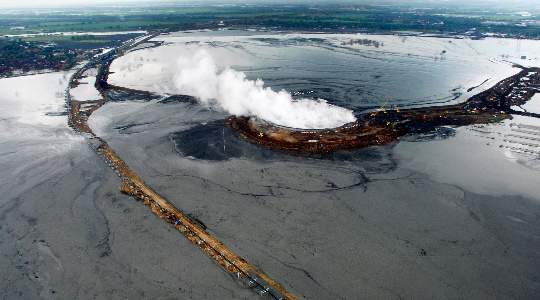
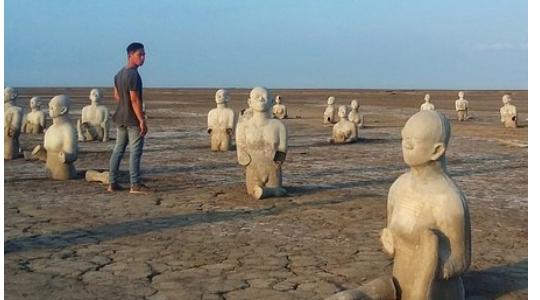
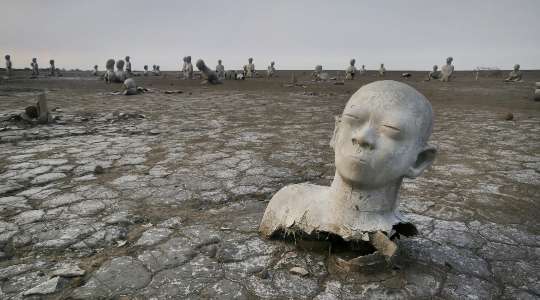











![National Population Commission (NPC) Recruitment 2023 [Apply Now]](https://illuminaija.com/wp-content/uploads/2023/03/Beware-of-Fake-Census-Ad-hoc-Recruitment-Link-350x250.jpeg)


